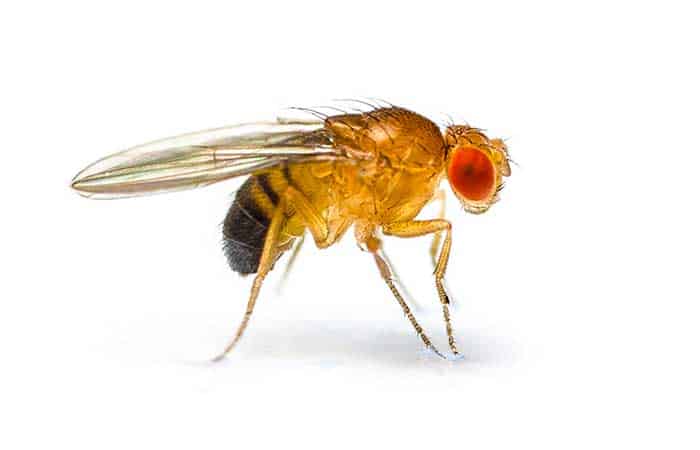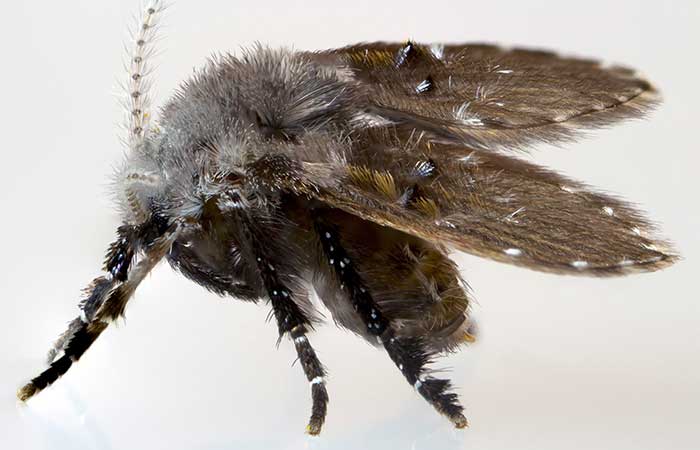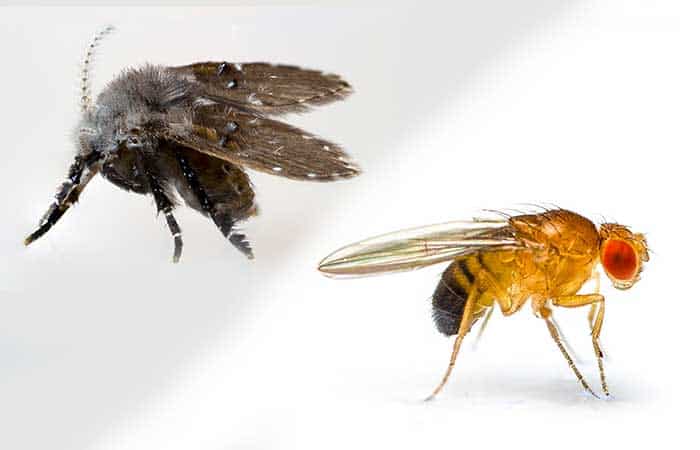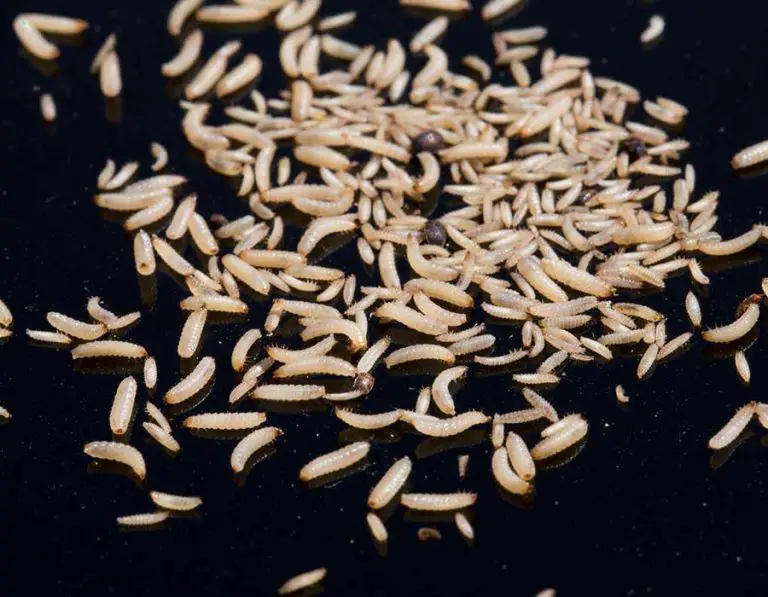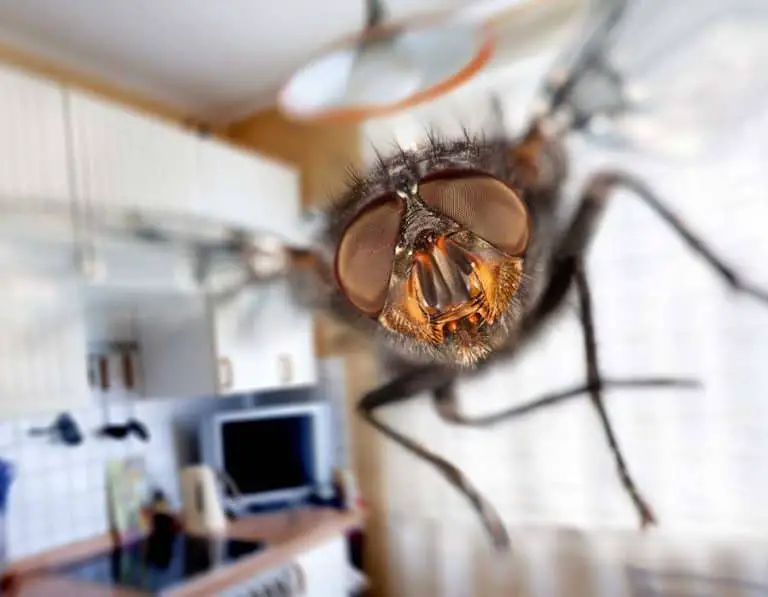Are Mothballs Effective Against Flies?
Mothballs might be used with some success against adult flies and their eggs. However, they aren’t healthy solutions as they are pesticides and are not recommended in open areas.
Mothballs are a type of small balls with an aromatic pesticide that contains either naphthalene or para-dichlorobenzene. Both chemicals are toxic to people and pets.
Mothballs come in the shape of colored balls and they are only made to be used against fabric-eating pests. They are only recommended in closed environments such as in airtight containers.
Mothballs can be partially effective against flies, but largely unhealthy. Toxic fumes containing naphthalene are unhealthy to humans and pests. Preventive measures against flies are recommended instead of using toxic mothballs which are only supposed to be used in airtight containers.
What are mothballs?
Mothballs are small balls of a known pesticide. Most are made with naphthalene, which is solid at room temperature.
All mothballs are known to emit fumes that are harmful to human and pet health. These fumes often lead to headaches and nausea in the case of mild reactions or to coughing and even cancer in more serious reactions.
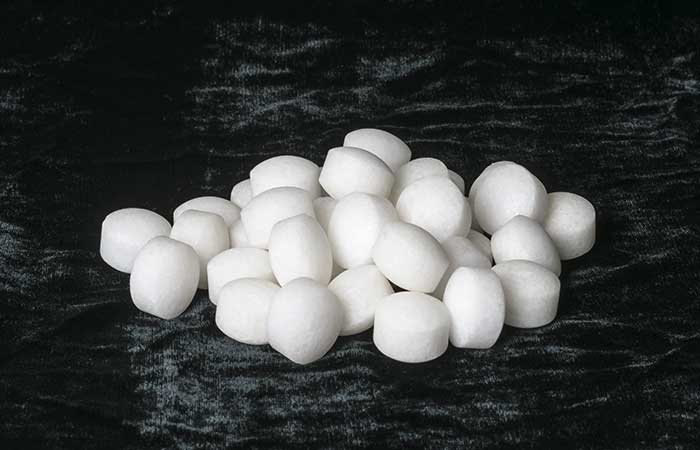
Mothballs should only be used as directed on the label. The United States Environmental Protection Agency notes mothballs should not be used to repel pests that aren’t listed on the label. This includes flies.
Since mothballs’ fumes are dangerous, they should not be used in open spaces such as living rooms, basements, or kitchens.
Are mothballs effective against flies?
Mothballs can be effective against some flies, but they can’t always kill these insects. Mothballs have been successfully used against clothes moths. But they have a limited impact when used in open spaces against other types of flies or bugs.
Clothes moths
Mothballs aren’t 100% effective against clothes moths in the open air. They need to be used in sealed containers for maximum efficiency.
When clothes and mothballs are placed in a sealed container fumes accumulate essentially getting rid of most clothes moths. However, it’s not recommended to use mothballs, especially when these sealed containers are opened indoors.
Drain flies (Psychodidae)
Mothballs aren’t effective against moth-like Drain flies. While they can temporarily deter Drain flies, mothballs still release fumes that are harmful to human health.
Organic buildup in drains will keep attracting Drain flies even when using mothballs as their toxic fumes will start to dissipate within days.
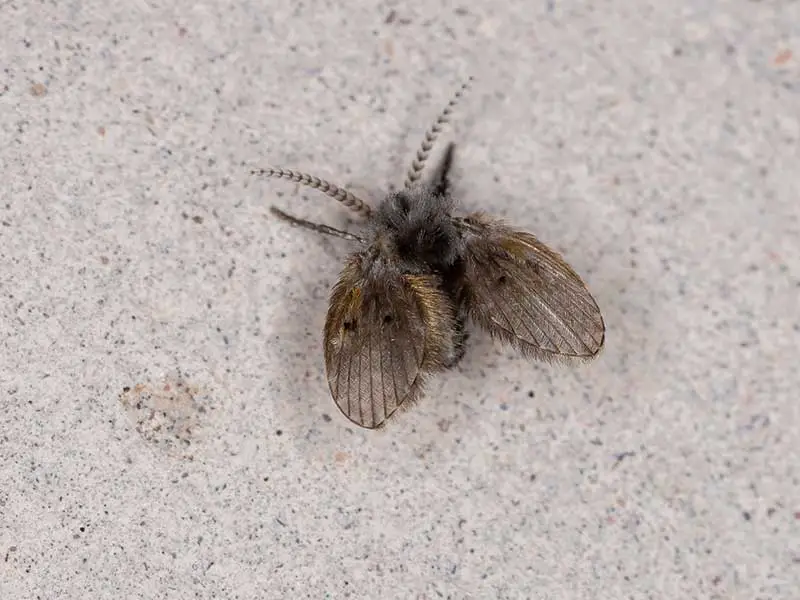
Common house flies (Musca domestica)
Mothballs aren’t efficient against house flies. These types of flies are known for moving around the house all the time which means the efficiency of the fumes is reduced in open spaces such as rooms and hallways.
Cluster flies
Cluster flies often enter the house in search of warmth during the cold winter months. These flies aren’t affected by mothballs containing naphthalene either.
Silverfish
Silverfish are also known for infesting homes. These small insects aren’t killed by mothballs either. The maximum effect mothballs have on silverfish is to act as a deterrent. Silverfish stay away from areas with mothballs but they aren’t killed by either naphthalene or para-dichlorobenzene fumes in mothballs.
How to get rid of flies without mothballs?
Mothballs are both inefficient against flies and dangerous. The health risks associated with mothballs prompt the use of other DIY methods to keep flies away.
Use cedar chips
Cedar chips have been known to repel a series of flies and pests around the house. Many wardrobes are often made out of cedar. Moths have been shown to avoid laying eggs in areas with intense cedar fragrances.
Wash clothes before storing
Washing clothes kills flies larvae and eggs. It’s always best to wash clothes before storing them for a long time. All stored clothes should also be properly dried before long-term storage.
Seal clothes in airtight containers
Airtight containers can be ideal for storing clothes and keeping clothes moths away. These types of moths make their way indoors and start feeding on animal fibers such as wool, fur, and leather. Clothes made from natural fibers can be stored in airtight containers to keep flies away without requiring the use of mothballs.
Clean drains frequently
Drains with organic material buildup attract drain flies. While some people recommend putting mothballs inside the drains and then covering the drain with a pot, this isn’t recommended. The toxic fumes of mothballs can still escape presenting multiple health risks.
Use natural spices
Sage, cloves, and bay leaves are known natural repellents of certain flies. These can be stored in open containers in the kitchen to keep flies away.
What happens when you use mothballs against flies?
Mothballs may be used in airtight containers against flies but their fumes can still escape when these containers are opened inside the house. While they can be opened outdoors, it’s best to avoid using them against flies as they cause the following health problems.
Gastrointestinal issues
Cramps, vomiting, and diarrhea are some of the known effects of prolonged naphthalene exposure. Mothballs that contain naphthalene can also cause these gastrointestinal issues even when they emit limited fumes as fumes tend to accumulate indoors.
Naphthalene can cause cancer
Chemicals in mothballs increase cancer risks. Naphthalene is a human carcinogen. Studies show this effect on human health is seen both when inhaling fumes and when coming in contact with clothes that had naphthalene on them.
Hemolytic anemia
This is a condition in which red blood cells are destroyed quicker than the body can make them. Signs of sudden hemolytic anemic have been seen in children exposed to naphthalene.
Summary
Mothballs aren’t healthy solutions against common house flies. The toxicity in mothballs isn’t sufficient to kill all insects. Mothballs also pose serious threats to human health.
Colored mothballs have also been known to attract children who see them as candy and can accidentally ingest them.
Mothballs have a limited effect against flies. Many types of flies aren’t killed by substances such as naphthalene. Furthermore, the use of mothballs doesn’t eliminate the root cause of flies entering homes.
Preventive measures against flies are considered the healthy alternative to using mothballs indoors, especially in families with children and pets.

